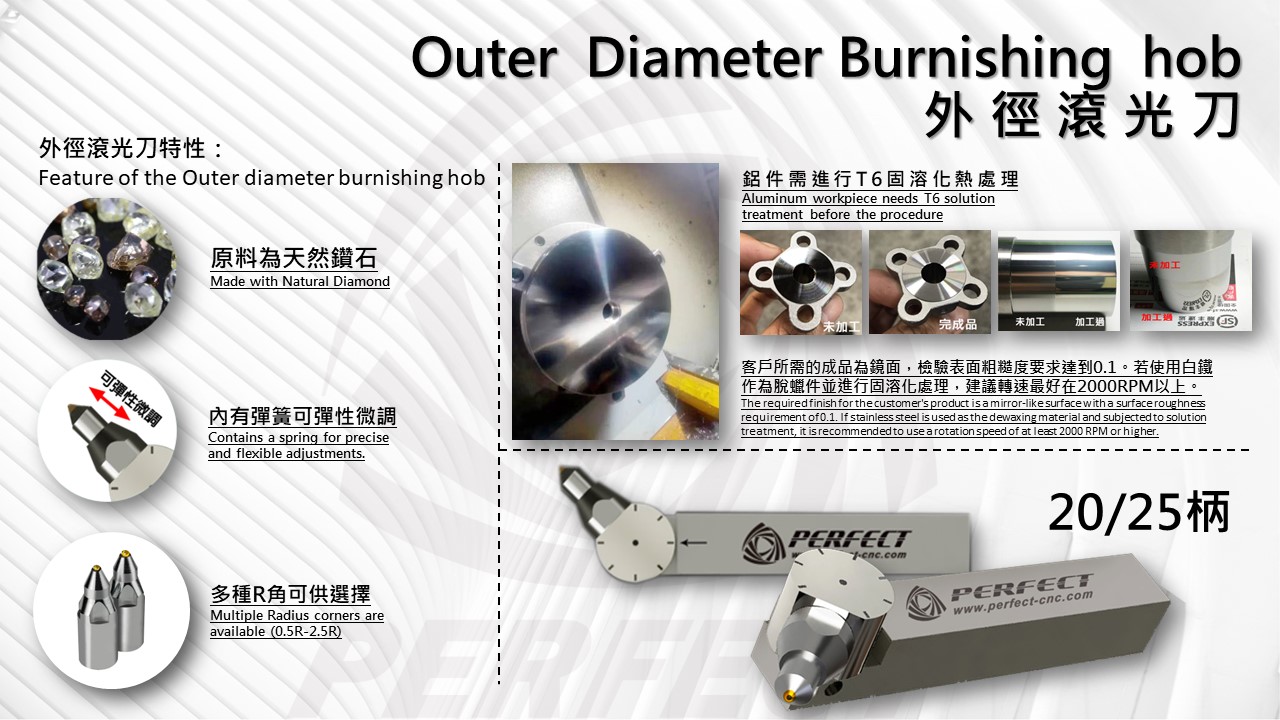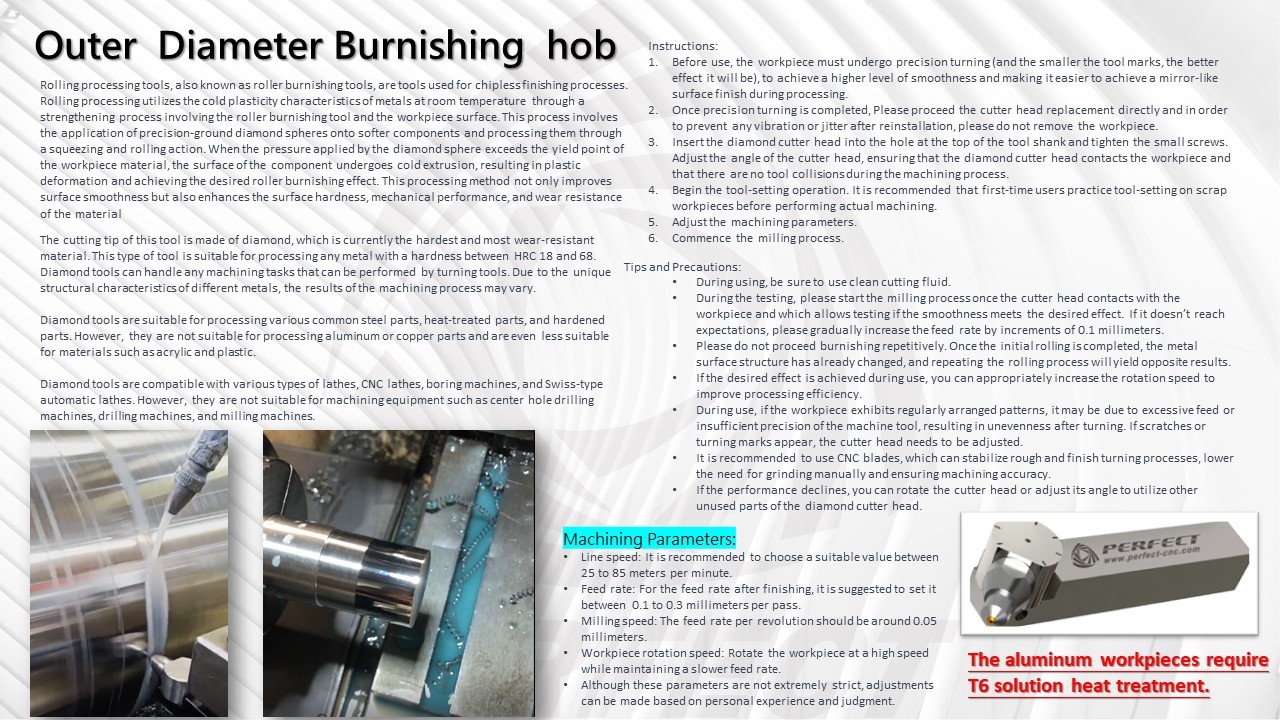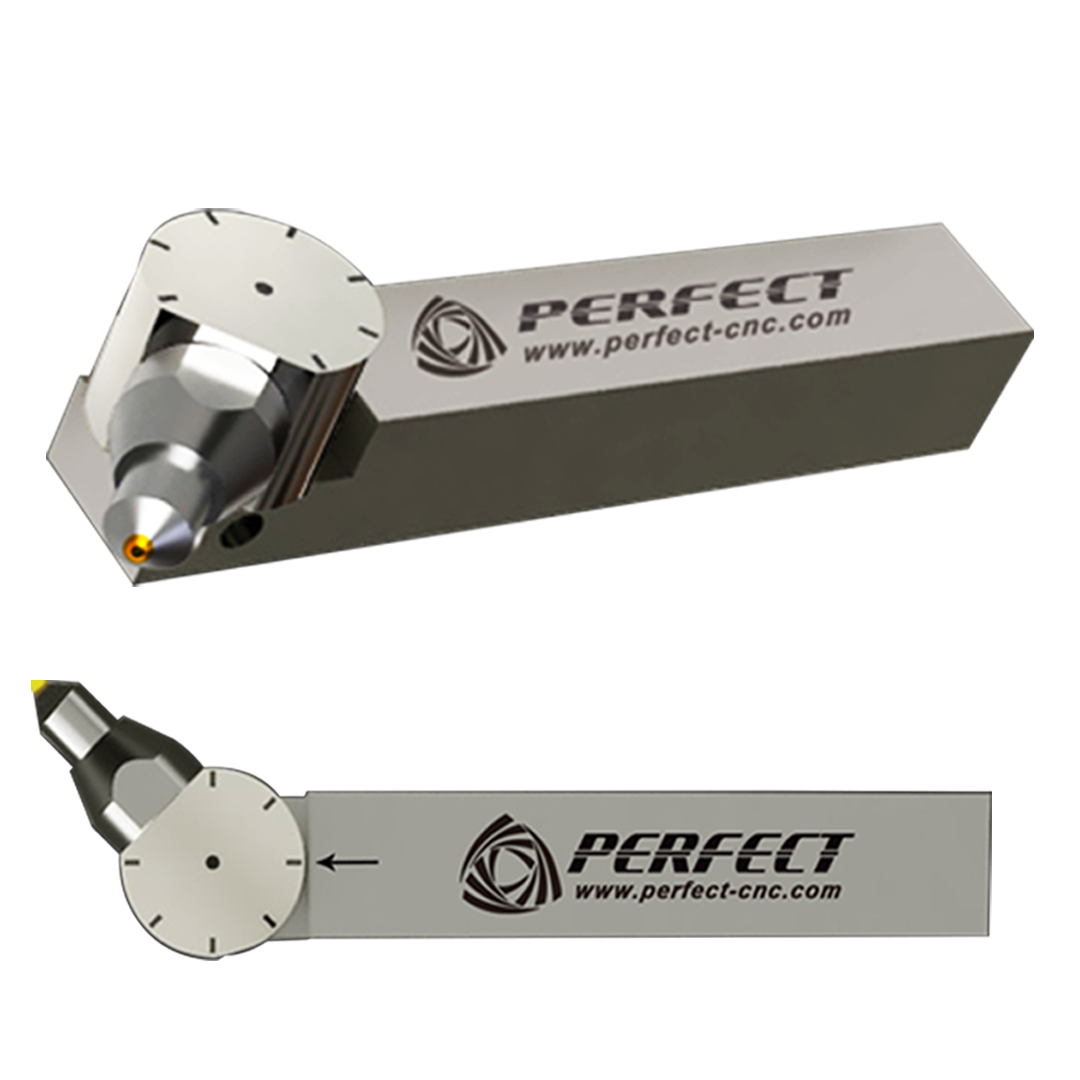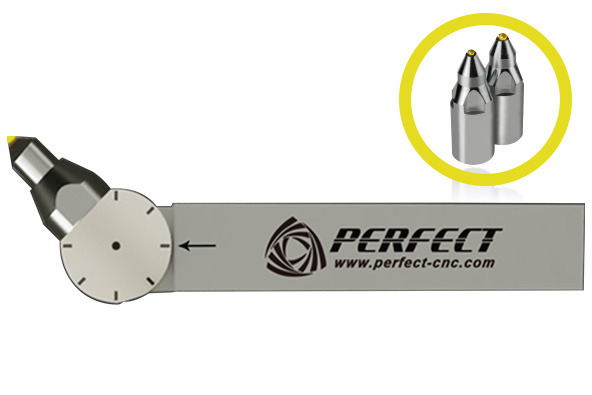EEJ Carbide Cylindrical roller knife
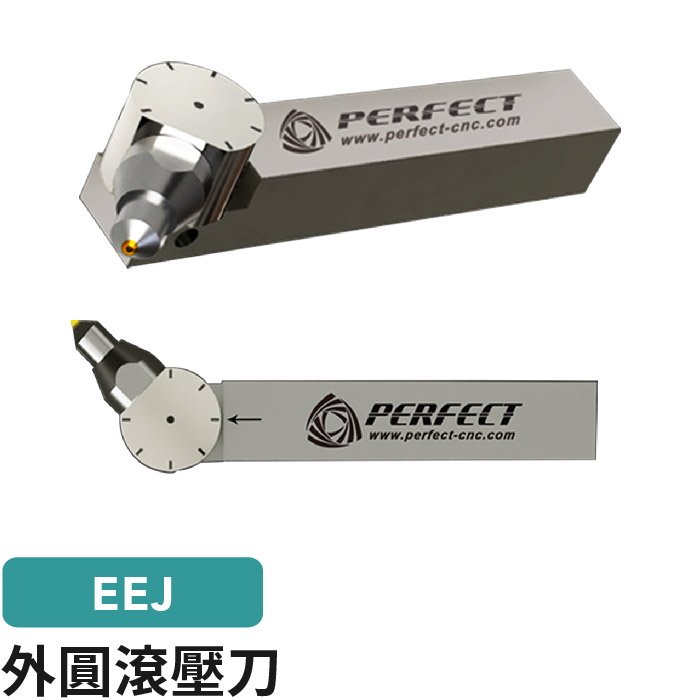
Characteristic
Model : EEJ
The product has a reserved rolling gap on the surface, and when used with a mirror rolling tool, it can achieve precise rolling in a single operation. This process can reduce the surface roughness from approximately Ra 6.3μm to Ra 0.2-0.05μm. Only cast iron's roughness remains between Ra 0.4-0.2μm.This tool is equipped with a mechanical fine-tuning device, enabling precise control (deviation within 0.005mm), making it highly suitable for mass production and applicable for through-hole machining. The adjustment range for each tool is 0.5mm.
Rolling processing not only enhances the wear resistance of the machined surface but also increases fatigue strength by 30%, improves sealing, and reduces early wear. This gives it a unique advantage in cutting processes.
This tool boasts exceptional efficiency (e.g., Ф100 + 0.03×300 holes can be processed within 1.5 minutes, and Ф30 + 0.02×40 holes can be processed in just 10 seconds).
It is compact, easy to operate, has a long service life, and low maintenance costs. Simply replacing some parts is equivalent to acquiring a brand-new piece of equipment.
Its applications are extensive, and it can be used on lathes, boring machines, drilling machines, milling machines, machining centers, or CNC machine tool holders. To some extent, it replaces and outperforms traditional processes such as grinding, honing, grinding, fine boring, fine honing, and fine turning, saving time, labor, and costs.
Carbide Cylindrical roller knife
Rolling processing tools, also known as roller burnishing tools, are tools used for chipless finishing processes. Rolling processing utilizes the cold plasticity characteristics of metals at room temperature through a strengthening process involving the roller burnishing tool and the workpiece surface. This process involves the application of precision-ground diamond spheres onto softer components and processing them through a squeezing and rolling action. When the pressure applied by the diamond sphere exceeds the yield point of the workpiece material, the surface of the component undergoes cold extrusion, resulting in plastic deformation and achieving the desired roller burnishing effect. This processing method not only improves surface smoothness but also enhances the surface hardness, mechanical performance, and wear resistance of the material.
The cutting tip of this tool is made of diamond, which is currently the hardest and most wear-resistant material. This type of tool is suitable for processing any metal with a hardness between HRC 18 and 68. Diamond tools can handle any machining tasks that can be performed by turning tools. Due to the unique structural characteristics of different metals, the results of the machining process may vary.
Diamond tools are suitable for processing various common steel parts, heat-treated parts, and hardened parts. However, they are not suitable for processing aluminum or copper parts and are even less suitable for materials such as acrylic and plastic.
Diamond tools are compatible with various types of lathes, CNC lathes, boring machines, and Swiss-type automatic lathes. However, they are not suitable for machining equipment such as center hole drilling machines, drilling machines, and milling machines.
Instructions:
Before use, the workpiece must undergo precision turning (and the smaller the tool marks, the better effect it will be), to achieve a higher level of smoothness and making it easier to achieve a mirror-like surface finish during processing.
Once precision turning is completed, Please proceed the cutter head replacement directly and in order to prevent any vibration or jitter after reinstallation, please do not remove the workpiece.
Insert the diamond cutter head into the hole at the top of the tool shank and tighten the small screws. Adjust the angle of the cutter head, ensuring that the diamond cutter head contacts the workpiece and that there are no tool collisions during the machining process.
Begin the tool-setting operation. It is recommended that first-time users practice tool-setting on scrap workpieces before performing actual machining.
Adjust the machining parameters.
Commence the milling process.
Tips and Precautions:
During using, be sure to use clean cutting fluid.
During the testing, please start the milling process once the cutter head contacts with the workpiece and which allows testing if the smoothness meets the desired effect. If it doesn’t reach expectations, please gradually increase the feed rate by increments of 0.1 millimeters.
Please do not proceed burnishing repetitively. Once the initial rolling is completed, the metal surface structure has already changed, and repeating the rolling process will yield opposite results.
If the desired effect is achieved during use, you can appropriately increase the rotation speed to improve processing efficiency.
During use, if the workpiece exhibits regularly arranged patterns, it may be due to excessive feed or insufficient precision of the machine tool, resulting in unevenness after turning. If scratches or turning marks appear, the cutter head needs to be adjusted.
It is recommended to use CNC blades, which can stabilize rough and finish turning processes, lower the need for grinding manually and ensuring machining accuracy.
If the performance declines, you can rotate the cutter head or adjust its angle to utilize other unused parts of the diamond cutter head.
Machining Parameters:
Line speed: It is recommended to choose a suitable value between 25 to 85 meters per minute.
Feed rate: For the feed rate after finishing, it is suggested to set it between 0.1 to 0.3 millimeters per pass.
Milling speed: The feed rate per revolution should be around 0.05 millimeters.
Workpiece rotation speed: Rotate the workpiece at a high speed while maintaining a slower feed rate.
Although these parameters are not extremely strict, adjustments can be made based on personal experience and judgment.
